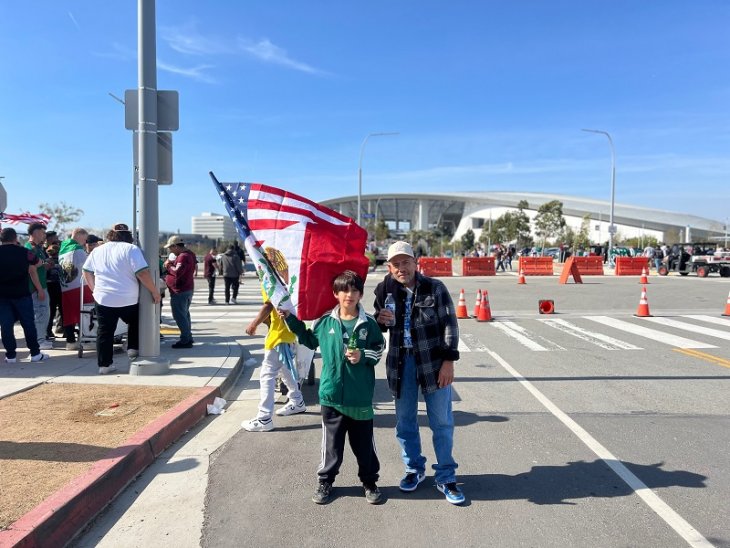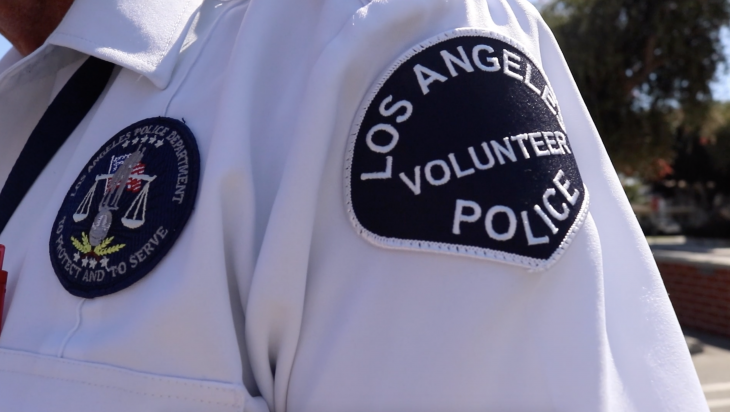California’s laws around gambling have shifted throughout its history. Its gambling origins are wrapped up in the Gold Rush and an old West-style approach to gaming. Understanding California’s casino landscape as it is today requires reviewing its history, with regulations coming into effect as early as 1872.
Today, gambling in California is a multi-billion-dollar industry, with casinos alone bringing in more than $8 billion in revenue. The laws surrounding gambling in the Golden State have had to change drastically to allow this huge revenue stream. These changes have led to some forms of gambling being legal and regulated and others controlled or not yet legalized.
Below, we’ll explore significant legal shifts that have caused a wide range of changes to gaming and betting within California.
1872 – Bank Games Ban
Shortly after the peak of the gold rush, California banned banked games. In other words, it banned games played against the house or dealer, like blackjack, craps, or roulette. Before this ban, gambling through games like these, and in general, was a hugely popular pastime for those hoping to make their fortune in gold, particularly for those in San Francisco.
1933 – Horse Racing
Horse racing has a betting atmosphere that has long appealed to a broad range of people since it offers many different types of betting, some opening up opportunities for massive payouts. Even for those who don’t bet, horse races still offer an exciting experience. This attitude towards racetracks is likely why betting on horse races was legalized in 1933.
Within the state, there are quite a few horse tracks you can visit, but some of the standout options are Del Mar Racetrack, Santa Anita Race Park, and Golden Gate Fields.
1976 – Charitable Gambling
In 1976, changes to legislation made it possible for charitable organizations to hold gambling fundraisers like bingo. Hosting a game, however, requires the organization to obtain a license from their city or county.
1984 – Gaming Registration Act
The Gaming Registration Act introduced state-wide regulations for card rooms; before 1984, most card room games had been illegal since 1872. The impact of gambling during the gold rush contributed to how card rooms were legalized in California after it was found that card room operators during that historic time had been cheating so the house could win. The state introduced fees by the hour or hand rather than bets against the dealer to protect players from banked games.
1984 – California Lottery
1984 was a significant year in California’s gaming history. Not only did the Gaming Registration Act come into effect, but California’s lottery also came into existence. This allowed for a state-wide lottery that would fund social services like education. The California lottery isn’t the only one Californians can participate in; they can also enter multi-state lotteries like Mega Millions.
1988 – Tribal Gambling
Tribal gambling refers to casinos or gambling establishments that are run by tribal governments on federally recognized Indigenous American land. In 1988, the Indian Gaming Regulation Act outlined gaming regulations for these casinos and gambling spaces to encourage economic development and self-sufficiency for tribal governments.
Within California, over 60 tribes have signed an agreement with the state that encompasses not just how revenue from gaming will be used but also labor and environmental rights. Today, these casinos offer a classic Vegas appeal, bringing in a revenue of over $3 billion for gaming and non-gaming tribal governments.
1997 – Gambling Control Act
In 1997, the Gambling Control Act was established with a much more comprehensive set of regulations for gambling within California. It essentially grew from the Gaming Registration Act to create more control and standards around gambling and who can register to host games.
2000 – Proposition 1A
Proposition 1A was a vote in 2000 that created more gaming options for tribal governments within the agreements signed with California. This has allowed the creation of alluring Vegas-style casinos to unfold fully. This vote enables tribal governments to regulate gaming on-site to avoid and prevent criminal behaviors associated with gambling (like money laundering) and to offer a wide range of games, from slots to card games.
2022 – Propositions 26 & 27
While gaming related to sports betting and online gambling are growing in popularity and are legal elsewhere, including in 30 other American states, California still has not created regulations or allowances surrounding these.
This past year, however, these two forms of gaming came up for debate under Proposition 26 and 27. One proposition pushed for approval of sports betting in person within tribal casinos, and the other pushed for online sports betting through tribal casinos.
The decision came down to a vote in November of 2022, and voters rejected both propositions, meaning neither type of gaming is legal in the state.
What’s the Future of Gambling in California?
As the above history shows, little and big shifts are consistently happening within California. These changes have brought us to today’s gaming landscape, so it’s natural to wonder what will come next in the state.
Unfortunately, it’s hard to say what the future will hold; it appears that the debate around sports betting is still heated (despite it being rejected in the final vote). This continued debate may indicate that the issue will be brought back to the regulatory level again. Opinions may change as other states and countries see the financial and social effects of legalizing sports betting and online gambling.
But, for now, all we can do is keep an eye out on the political climate.

























